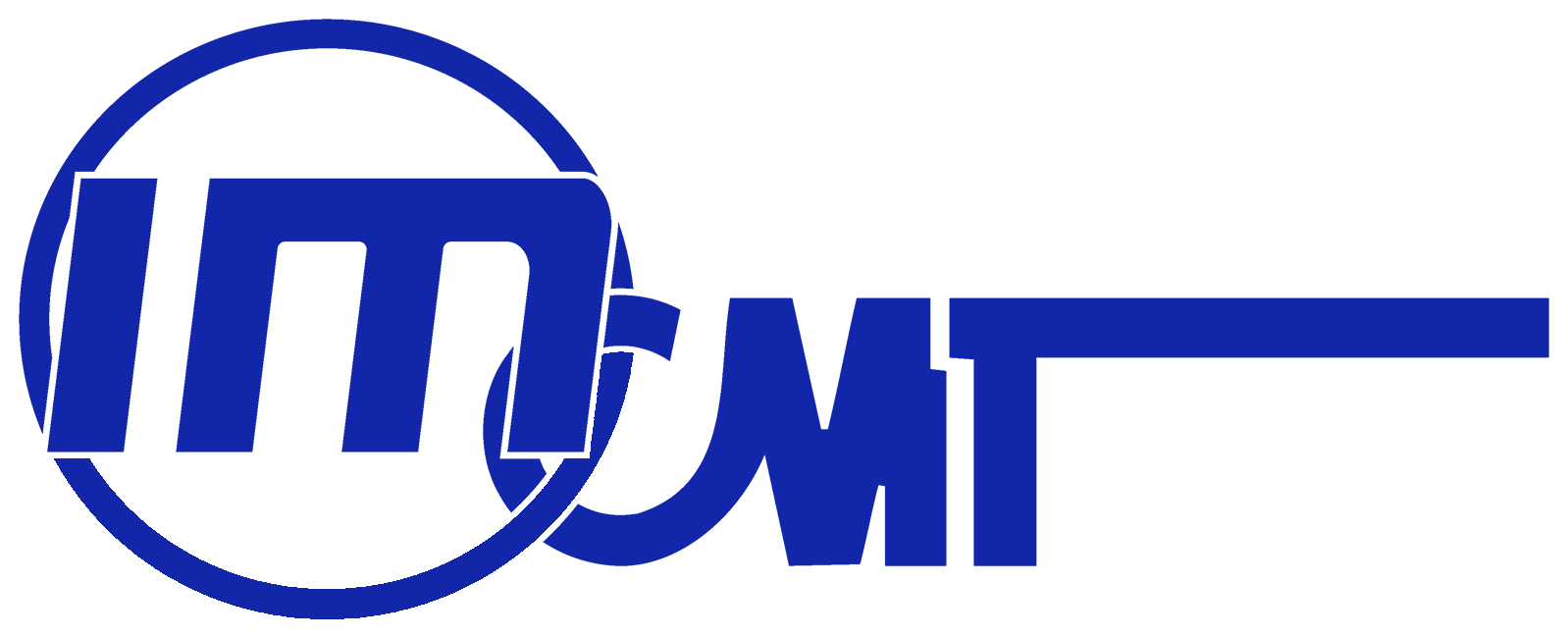Future Trends in Fiber Marking Machines How Automation Will Shape Industry Standards by 2025
As industries increasingly embrace automation, the role of Fiber Marking Machines is set to evolve significantly by 2025. According to a recent report by Industry Research, the global market for marking and coding equipment is forecasted to reach $4.5 billion by 2025, with fiber laser marking technology leading the charge due to its unparalleled precision and efficiency. This surge in market value underscores the importance of Fiber Marking Machines in streamlining manufacturing processes, enhancing product traceability, and meeting stringent regulatory requirements in sectors such as automotive, electronics, and medical devices.
Automation is not just a trend but a transformative force that will redefine industry standards for marking technologies. The same report indicates that automated systems can improve operational efficiency by up to 30%, minimizing human error and maximizing output. As Fiber Marking Machines integrate with advanced automation solutions, industries can expect enhanced flexibility, reduced downtime, and the ability to adapt quickly to changing market demands. This blog will explore the future trends in Fiber Marking Machines, highlighting how automation will shape the standards and practices within the industry as we approach 2025.

Emerging Technologies in Fiber Marking Machines for Enhanced Efficiency
The rapidly evolving landscape of fiber marking machines is set to be transformed by emerging technologies that enhance efficiency and productivity across various industries. According to a recent report by Markets and Markets, the global market for fiber laser marking machines is projected to grow from $1.2 billion in 2020 to $2.3 billion by 2025, reflecting an annual growth rate of 15.0%. This substantial expansion underscores the increasing demand for advanced marking solutions in sectors such as automotive, electronics, and packaging. With automation at the forefront, the integration of artificial intelligence (AI) and machine learning is revolutionizing the operation of fiber marking machines. These technologies not only streamline processes but also allow for real-time monitoring and adjustments, ensuring precision and consistency in marking applications. A study by ResearchAndMarkets highlights that automated marking systems reduce human error by up to 80%, leading to significant cost savings and enhanced product quality. Moreover, the advent of Internet of Things (IoT) technology is paving the way for smarter fiber marking machines. By enabling connected devices to communicate and share data, manufacturers can gain valuable insights into their production processes, leading to optimization opportunities. The ability to predict maintenance needs and minimize downtime is crucial in maintaining competitive advantage in an increasingly fast-paced market. The integration of IoT is projected to be a game-changer in the fiber marking industry, setting new standards for operational excellence by 2025.

The Role of Artificial Intelligence in Streamlining Marking Processes
The integration of artificial intelligence (AI) into fiber marking machines is poised to revolutionize how industries approach marking processes. With the ability to analyze vast amounts of data in real-time, AI streamlines operations by enhancing precision and efficiency. For instance, machine learning algorithms can continually improve marking accuracy by learning from previous projects, identifying patterns, and adjusting parameters without human intervention. This not only reduces error rates but also accelerates production timelines, allowing businesses to meet higher demand swiftly.
Moreover, AI-driven fiber marking machines facilitate predictive maintenance, significantly minimizing downtime. By incorporating sensors and analytics, these machines can monitor performance and predict failures before they occur. Companies can thus schedule maintenance at optimal times, preventing unexpected interruptions and ensuring a seamless workflow. This shift towards automation and smart technology is likely to set new industry standards, pushing competitors to adapt or fall behind.
As we look ahead to 2025, the intersection of AI and automation in fiber marking will redefine industry benchmarks. Businesses that embrace these advancements will not only enhance their operational capabilities but also improve their overall product quality. The future of marking processes is not merely about completing tasks; it’s about transforming how those tasks are executed with unparalleled efficiency and reliability.

Sustainability and Eco-Friendly Practices in Fiber Marking Automation
As we look toward 2025, the integration of sustainability and eco-friendly practices into fiber marking automation is set to redefine industry standards. Companies are increasingly recognizing the importance of reducing their environmental footprint. Innovations in fiber marking machines, particularly those powered by automation, are emerging as key players in this transformation. These advanced systems not only enhance efficiency but also minimize waste by utilizing resources more effectively.
Industry leaders have shared their insights, predicting that eco-conscious technology will become a standard expectation rather than an exception. For instance, the latest developments in non-toxic inks and energy-efficient machines are paving the way for greener operations. The shift towards automation in fiber marking not only streamlines production processes but also supports the implementation of sustainable practices, such as the use of recycled materials and reduction of hazardous waste.
As manufacturers adopt these advancements, there's a growing focus on the circular economy. By prioritizing sustainability in fiber marking automation, businesses can contribute to a more responsible industrial ecosystem. The call for transparency and accountability in production processes is louder than ever, and companies that prioritize eco-friendly solutions will not only comply with emerging regulations but also meet the demands of an increasingly environmentally conscious market. The future of fiber marking is not only about innovation but also about fostering a sustainable legacy for the next generation.

Predictions for Market Growth and Demand by 2025
The skincare market in China is set to experience substantial growth over the next decade, with projections indicating an increase from $64.23 billion in 2025 to $128.61 billion by 2032. This growth signifies a remarkable compound annual growth rate (CAGR) of 10.43% during the forecast period. This burgeoning market is attributed to increasing consumer awareness regarding skincare products, alongside a rising demand for innovative and effective solutions to skincare concerns.
In tandem with the flourishing skincare sector, the global sparkling water market is also witnessing an upward trajectory. Expected to grow from $47.75 billion in 2025 to $108.3 billion by 2032, the market exhibits a significant growth potential spurred by consumer preferences shifting towards healthier beverage options. As consumers continue to gravitate toward products that align with lifestyle choices, the demand for sparkling water is poised to accelerate.
Moreover, the global electric two-wheeler market is projected to expand from $16.34 billion in 2024 to $28.31 billion by 2033, reflecting a CAGR of 6.3%. This surge can be linked to growing environmental concerns and a shift towards sustainable transportation alternatives. As urban areas become increasingly congested, electric two-wheelers present a practical and eco-friendly mode of transport that is capturing consumer interest.
Similarly, the electric tool market in Europe is on the rise, with an expected growth from $8.24 billion in 2025 to $11.1 billion by 2032, showcasing a CAGR of 4.3%. The trend towards home improvement and DIY projects is driving demand, as consumers increasingly seek efficient tools for their endeavors. These market dynamics underscore the broader economic shifts occurring across various sectors, reflecting changing consumer behaviors and preferences.
Integrating Industry 4.0 Standards into Fiber Marking Operations
The integration of Industry 4.0 standards into fiber marking operations is poised to revolutionize manufacturing processes by 2025. Automation stands at the forefront of this transformation, enabling businesses to streamline their operations and enhance productivity. As companies adopt advanced technologies, they can achieve better interoperability and efficiency, aligning their practices with the evolving demands of the market.
One of the key drivers of this change is the use of big data analytics in manufacturing. By harnessing real-time data, fiber marking machines can optimize their performance, reducing waste and increasing precision. This level of integration allows companies to not only meet existing industry standards but also anticipate future trends, setting a benchmark for quality and efficiency that others will follow.
Moreover, the shift towards smart manufacturing involves the incorporation of artificial intelligence and the Internet of Things (IoT) into fiber marking systems. These technologies facilitate continuous monitoring and feedback loops, enabling manufacturers to respond swiftly to operational challenges. As the industry evolves, the synergy between automation and intelligence will redefine how fiber marking processes are executed, ultimately leading to more sustainable and cost-effective production practices.

